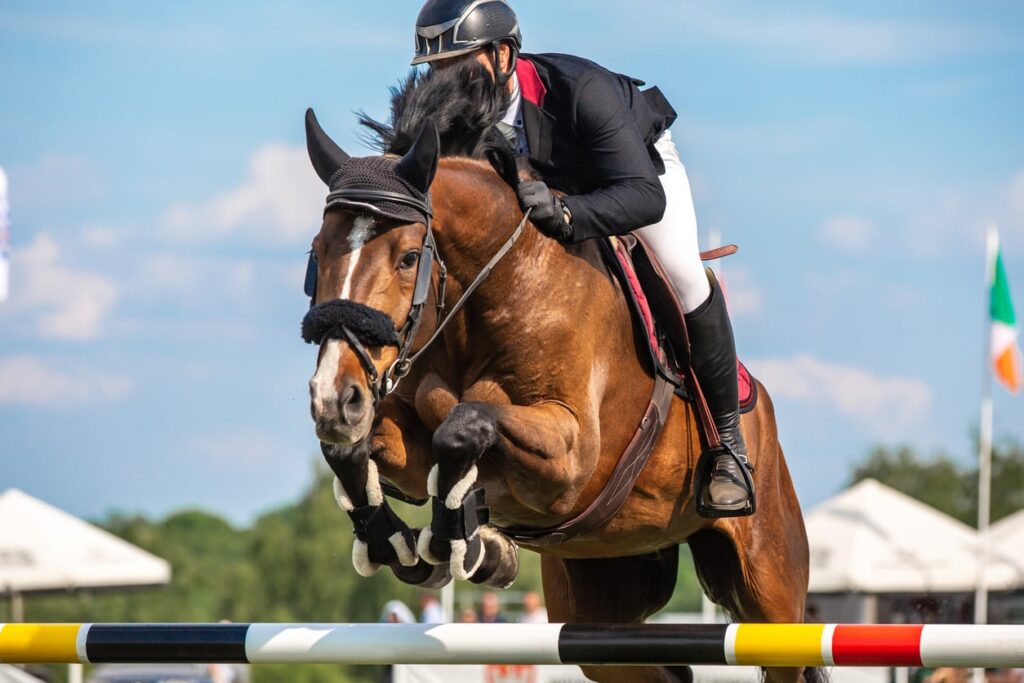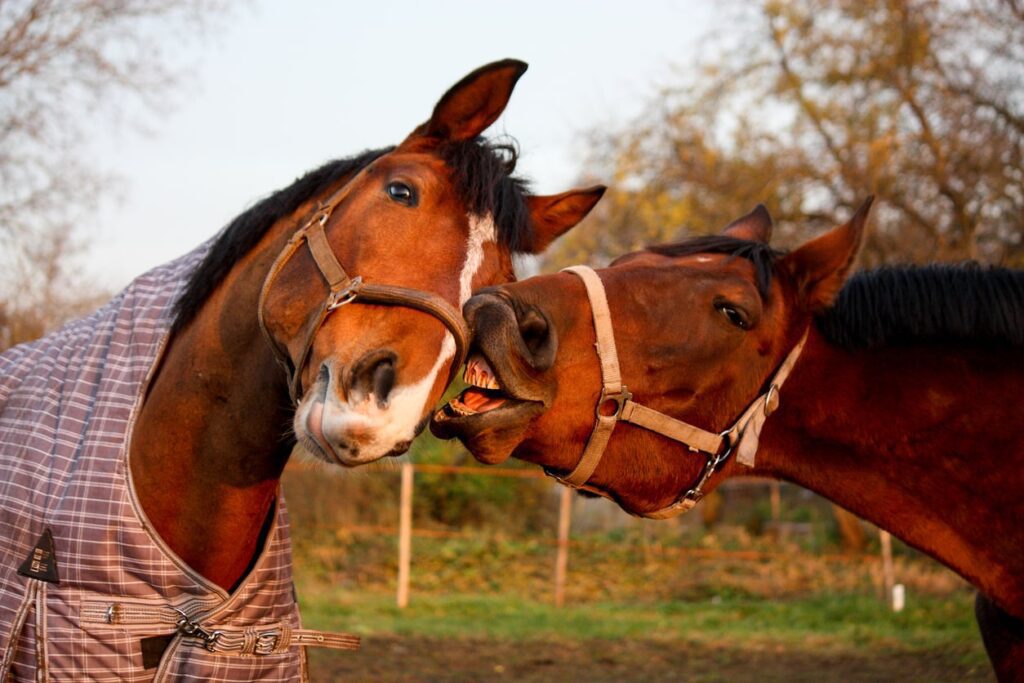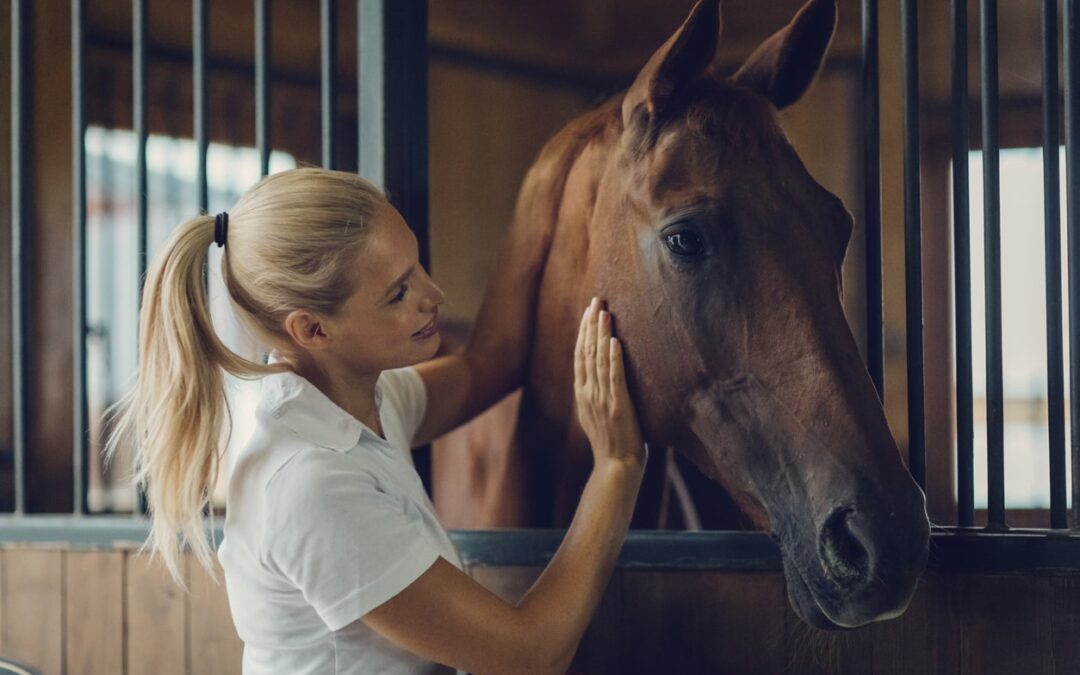When it comes to creating a comfortable and safe environment for horses, stable flooring can play a surprisingly crucial role. Often overlooked in favour of more immediate concerns like food, grooming, and healthcare, the right flooring can make a world of difference in the daily lives of both the horses and their caregivers. Therefore, it’s important to consider which equine flooring option is right for you and your horses, and rubber matting should absolutely be considered!
At Professional Rubber Surfaces, we offer a range of rubber flooring solutions, including rubber matting, equestrian rubber chippings, and more. We understand the importance of choosing a flooring option for your stable that is easy to maintain but will keep your horses happy in the long term. Keep reading below for more information about rubber matting as a stable flooring option.
The Importance of Choosing the Right Stable Flooring
The right stable flooring can have a significant impact on the health and well-being of your horses. Bad flooring can lead to an increased risk of slips, falls, and joint-related injuries. Flooring can also affect the respiratory health of your horses, as different materials have different capacities to hold dust and moisture. Besides, the choice of flooring can make daily chores like mucking out, cleaning, and disinfecting much easier or more challenging. Some of the more traditional options for stable flooring includes:
Dirt: Dirt is the most natural and least expensive option. While it’s soft and generally good for the horses’ legs, it can easily become muddy, uneven, and challenging to clean. It may also harbour bacteria and parasites.
Concrete: Easy to clean and very durable, concrete seems like a good option at first glance. However, it’s extremely hard and offers no cushioning for the horses, which can lead to joint stress and injuries over time.
Wood: Wooden flooring offers some cushioning and is less hard than concrete. However, it tends to become slippery when wet, and its porous nature can make it a breeding ground for bacteria if not properly maintained.
Each option has its pros and cons, ranging from cost and durability to comfort and cleanliness.

What Is Rubber Matting?
Rubber matting is a specialised type of flooring material crafted from either natural or synthetic rubber. Unlike traditional options such as dirt or concrete, rubber matting comes in a variety of forms to suit different needs. These forms include interlocking tiles, stand-alone mats, and rolled sheets, giving owners the flexibility to tailor their stable layouts accordingly. Initially more common in commercial establishments, rubber matting has gained considerable traction in private stables as well, primarily because of the multitude of benefits it offers.
Advantages of Rubber Matting
One of the most compelling advantages of rubber matting is the level of comfort and cushioning it provides to horses. The inherent elasticity of rubber creates a soft, cushion-like surface that significantly reduces the stress and pressure exerted on a horse’s joints and hooves. This can be particularly beneficial for older horses or those with joint issues, making for a more comfortable living environment overall.
Ease of cleaning is another significant benefit of using rubber matting. The material is non-porous, which means that it does not absorb waste products or provide a habitat for bacteria. This makes the task of cleaning and disinfecting the stable much simpler, faster, and more effective compared to traditional flooring options. The non-porous nature of rubber matting also means that odours are less likely to become trapped, resulting in a more hygienic environment for both horses and handlers.
Durability is another key advantage. Rubber mats are engineered to withstand the substantial weight of horses, as well as the movement and general wear and tear that come with housing these large animals. Unlike other flooring options, which may degrade quickly and require frequent replacement, quality rubber mats can last for many years if properly maintained.
Environmentally-conscious stable owners will also appreciate that some rubber mats are constructed from recycled materials, such as used car tires. This makes rubber matting a more sustainable and eco-friendly flooring option, contributing to waste reduction and promoting responsible resource usage.

Disadvantages of Rubber Matting
Despite its numerous advantages, rubber matting is not without its drawbacks. One significant barrier to its adoption is the initial cost, which is generally higher compared to traditional flooring solutions like dirt or concrete. This upfront investment can be a deterrent for some stable owners who may find it financially constraining.
Another issue to consider is the complexity involved in the installation process. While it is feasible to install rubber matting on your own, it is often recommended to seek professional help, especially for larger or more complex stables. This is because issues such as drainage, levelling, and proper fitting require specialised knowledge and equipment to address effectively.
Finally, potential issues may arise if the matting is not installed correctly. Poor drainage, in particular, can lead to the accumulation of moisture underneath the mats, creating a breeding ground for bacteria and mould. This could pose significant hygiene and health risks to the horses and could undermine the very benefits that rubber matting aims to provide. Therefore, proper installation and regular maintenance are crucial for maximising the benefits of this flooring option.
To find out more, get in touch with Professional Rubber Surfaces now!
If you would like to find out more about equestrian surfaces, or to get rubber matting from our expert team, please don’t hesitate to contact Professional Rubber Surfaces! We offer a range of rubber flooring solutions, including play bark, equestrian chipping, and more! For more information, our blog is full of helpful advice, including Where Is The Best Place to Use Rubber Mulch and How Much Rubber Chippings Do I Need?
